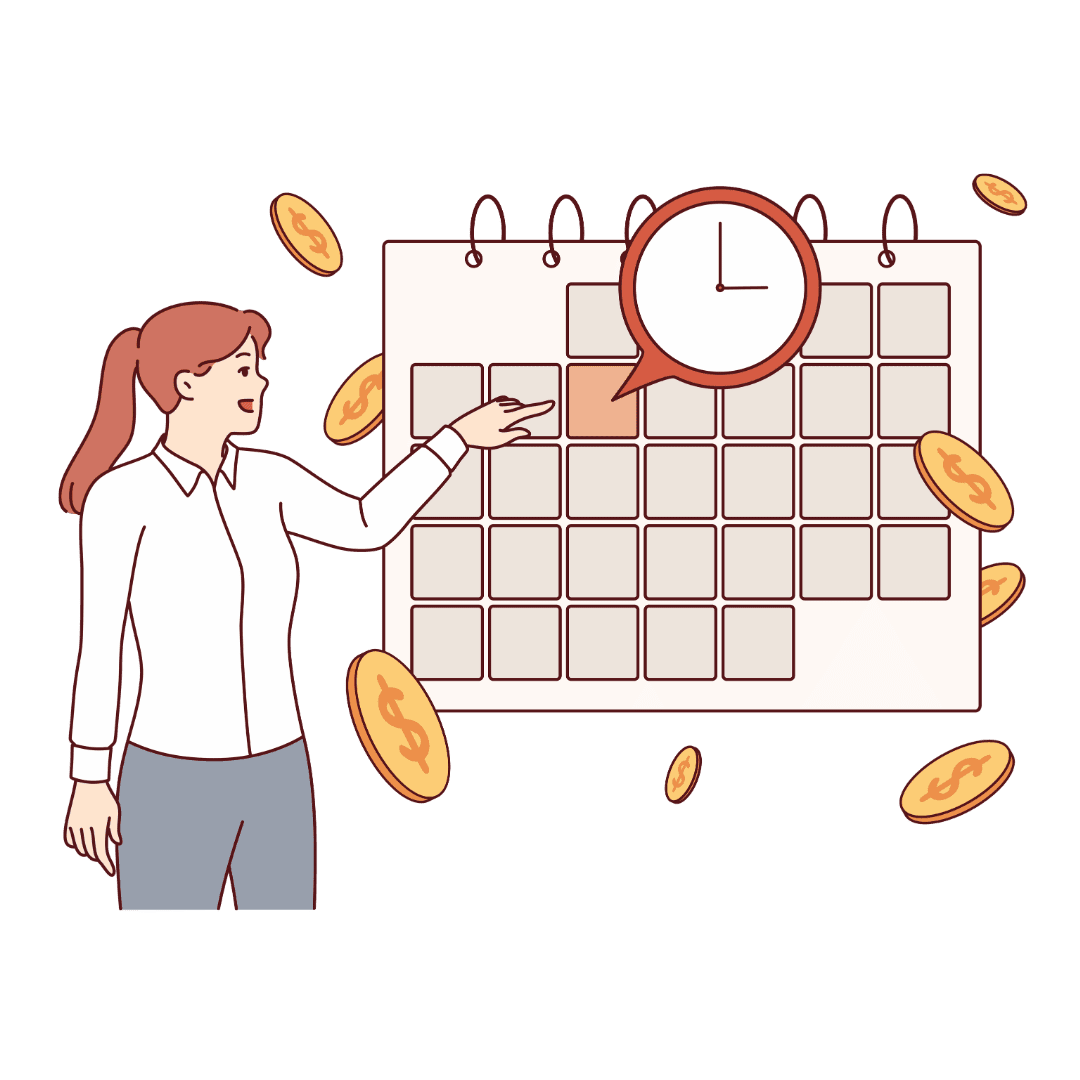Your key to financial independence - Budgeting
In order for your money to stay inside your pocket, you must first know exactly how much money you have- in all denominations. Budgeting is the art of tracking your money. Similar to a location tracker or GPS, you
must first know your target location- in financial terms, this is your financial goal.

Budgeting is the art of tracking your money. Similar to a location tracker or GPS, you must first know your target location- in financial terms, this is your financial goal.
Let's take the example of Niya.
teens in finance presents: Your budgeting checklist
1. Have an inventory of the amount of money you have
- The money you have can include all the money that your relatives gave you during family gatherings that you artfully saved up.
- You can jot down the details of your money on a notebook dedicated to budgeting or you can go digital as well.
- This is your total money, but if you have a part-time job or have a monthly allowance, that money will be your guide for spending and saving.
2. Think about an average day in your life. Where exactly do you require money daily - is it for transport, for buying food, and treats or for something else?
If you’re living on your own, then there are certain bills paid usually at the end of month- phone bills, gas money etc.
3. Pay yourself first - this is a popular budgeting tool. This is the idea of first setting aside a certain amount of your income just for yourself. This can also vouch as savings.
A thumb rule is to always contribute to your savings first before you start spending.
4. The 50-30-20 rule:
- 50% of your income-- goes towards necessary expenses (transport)
- 30% of your income-- goes towards expenses that are not exactly
- necessary
- 20% of your income -- goes as a part of your savings
- Quick note: these percentages are not set in stone! The 50% could be 60% for someone and the 20% could be 15%. Feel free to alter the percentages according to your situation. As we saw before, everyone’s financial situation and financial priorities are different.
